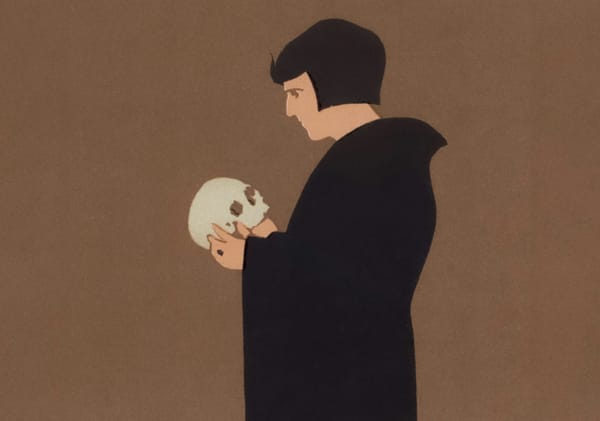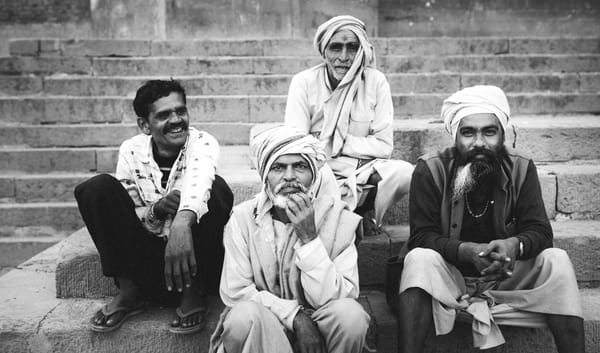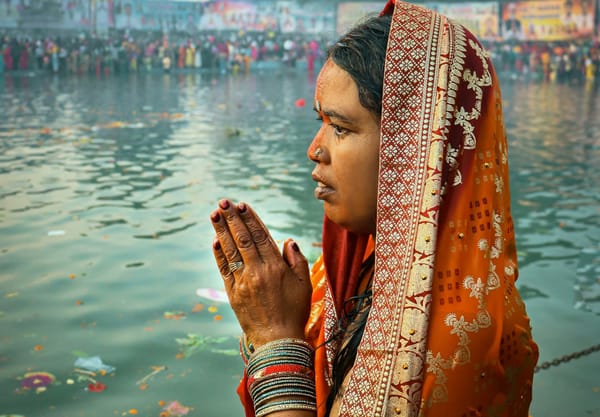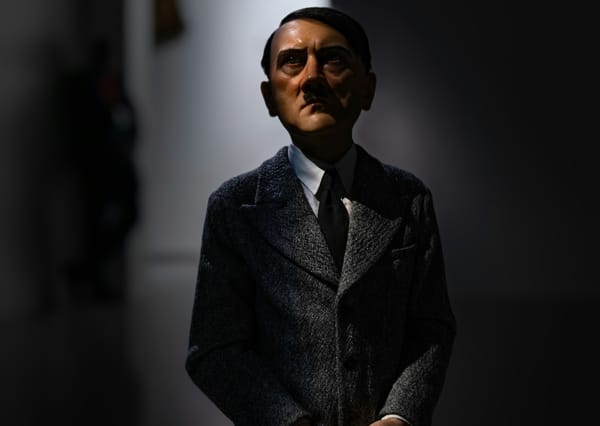The Double Standards We Live With
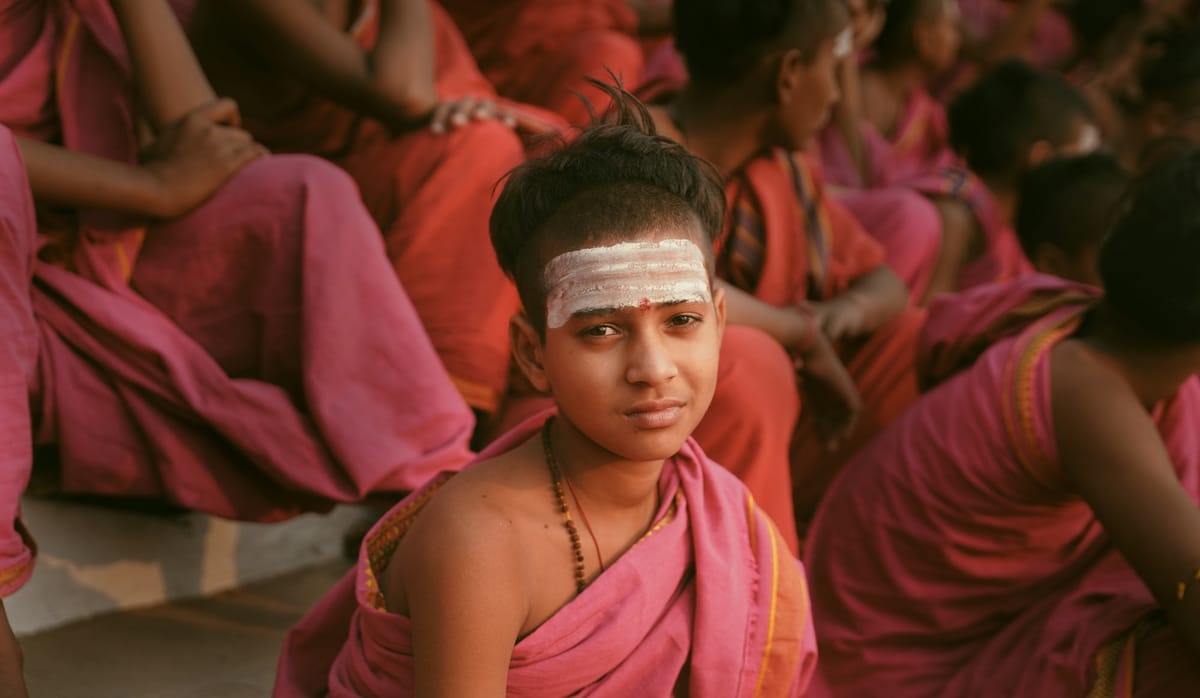
I was born in a Hindu family in Delhi. We were what I’d call 'normal Hindus'. We celebrated our festivals, visited temples, spoke about our gods at home, but we were not kattar about it. Religion was a part of our lives, but it didn’t dominate every conversation. And like most urban families, there was an unspoken understanding: of course, you have to be secular, of course you have to respect everyone’s faith.
My school reflected the same mindset, but with a certain tilt. We had a Christian principal, and every year, Christmas was a major affair — elaborate decorations, carol singing, a big Christmas tree in the middle of the campus. Nothing wrong with that, of course; but I noticed there was no equal enthusiasm for Hindu festivals. If Diwali or Janmashtami came around, it was marked quietly, with a token assembly, nothing grand.
Back then, I didn’t see the bias. I thought it was all part of being modern and inclusive. But as I grew older and watched politics, read history more deeply, and saw how narratives are shaped, I realized something uncomfortable: Secularism in India isn’t a level playing field.
It often demands that Hindus dilute their identity, tone down their traditions, and avoid public displays of faith, while expecting no such restraint from others. Policy, media, and education often frame Hindu culture as something to be “managed” or “contained,” while minority cultures are to be “protected” and “promoted.”
But over time, and especially in the last decade, things have shifted. After a certain political party came into power, I noticed not just my family but many other families in my circle becoming more openly proud of their Hindu identity. The hesitation to display our traditions faded. People began to speak about our festivals, our history, and our civilizational heritage without worrying about being labelled.
And with that awareness also came honesty about uncomfortable truths — that in the name of “minority rights,” some groups (not just muslims but Christians as well) enjoy protection and special treatment, even when their track record for peace is questionable. The community most loudly described as “peaceful” has, in reality, been the least peaceful in many instances.
The secularism I was taught in childhood sounds noble in theory, but in practice, it has meant Hindus downplaying their identity while others flaunt theirs freely. That’s not equality but appeasement. And I’m no longer willing to pretend it’s anything else.
Hindu festivals are the only ones put under a microscope. Diwali firecrackers are “pollution,” Holi colors are “waste of water,” and traditional customs are “superstition” or “barbaric.” Meanwhile, actual barbaric practices — like mass public slaughter during Bakra Eid — are defended as “sacred.” Good Friday is treated with quiet national respect as a day of mourning, Muharram processions are seen as solemn and untouchable, but Hindu festivals are open season for mockery and restriction.
By the time I was 13, the media’s portrayal of Hinduism as old-fashioned and superstitious had worked on me. I was convinced I should reject religion entirely, become “modern,” and turn atheist in the name of science. I was almost there when something made me stop. I went to my father; not fully telling him my plan, but hinting and he told me, “Science and Hinduism are not separate. They are connected.”
I wasn’t sold immediately, so I did my own research. I read excerpts of the Quran in English, the Bible in English, the Bhagavad Gita, and other Hindu texts. What I found was clear: no other religion came close to offering the kind of logical, scientific explanations for natural phenomena that Hinduism did. By 14 or 15, I was also paying attention to politics and the world beyond my home and my thinking went through a revolution.
It’s not just politicians that target Hindus, it’s an entire ecosystem working overtime to make Hinduism seem like the root of all evil. Every Hindu festival is scrutinized, mocked, and dissected in a way no other religion ever faces. Words like “backward” and “barbaric” are freely thrown at Holi, Diwali, or Karva Chauth, while genuinely violent or oppressive practices in other religions are glorified or treated with kid gloves.
The blood sacrifice of Bakra Eid is celebrated as “faith.” Muharram, with its public self-flagellation, is called a “day of devotion.” Good Friday is treated as a solemn day of sorrow deserving of silence and respect. But Hinduism? That’s apparently free real estate for mockery.
Bollywood plays a major role in this narrative. Film after film paints Hindus, especially so-called “upper castes,” as villains. The Brahmin or Rajput antagonist is a Bollywood staple, the living embodiment of “oppression.” Caste divisions are exaggerated and recycled endlessly — like in the recently released Dhadak 2, made by a Muslim filmmaker — yet there is a glaring silence when it comes to exploring the flaws, oppression, and regressive practices in other communities.
You’ll never see a big-budget movie questioning the hijab, addressing triple talaq, or exposing the history of forced and deceitful conversions of poor tribals to Christianity. Mocking Hindu gods, distorting Hindu rituals for comic relief, and reducing our traditions to regressive tropes is considered “art” and “creative freedom.”
But a movie on a woman’s liberation after removing her hijab? A music video about escaping religious oppression in non-Hindu communities? That will never happen. Bollywood is not neutral — it is one of the sharpest cultural weapons used against Hindus.
This bias isn’t confined to cinema. It’s in the media, in politics, and in academia. Our temples are questioned for their wealth, yet no one dares to demand an audit of church or mosque funds. School textbooks underplay the genocides, invasions, and centuries of oppression Hindus faced, but go into meticulous detail about the “oppression” caused by Hindus themselves. Western NGOs and media outlets fund narratives that portray Hinduism as a danger to “modern values,” while turning a blind eye to theocratic laws and actual systemic oppression happening elsewhere.
The result? A generation of young Hindus growing up embarrassed about their identity, ready to distance themselves from their roots to appear “progressive.” And that’s the tragedy; not just that our traditions are mocked, but that we’re slowly being conditioned to participate in our own erasure.
For too long, Hindus like me were made to believe that our identity was something to downplay, something to be embarrassed about in the name of being “modern” or “secular.” But I refuse to carry that burden any longer.
If others can be unapologetic about their faith, so can we. Hinduism is not backward, it is not barbaric — it is the foundation of one of the oldest civilizations, the root of philosophies and sciences the world still draws from. And if standing proudly in that truth makes me “radical,” then so be it. Because the real radical act in today’s India is not bowing down to narratives that mock us, but standing tall as a Hindu, without apology, without hesitation.
Aura Mishra is a 19-year-old college student with a keen interest in culture, identity, and society. Recently introduced to Indologia through social media, she was inspired by its unapologetic approach to presenting Indian traditions and religion. Drawing from this influence, Aura began writing about her own experiences, exploring the double standards she observed growing up and her journey toward embracing her Hindu identity with pride.


